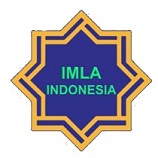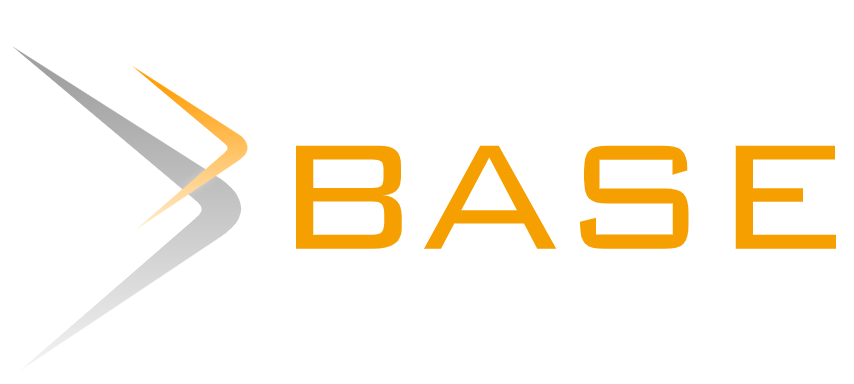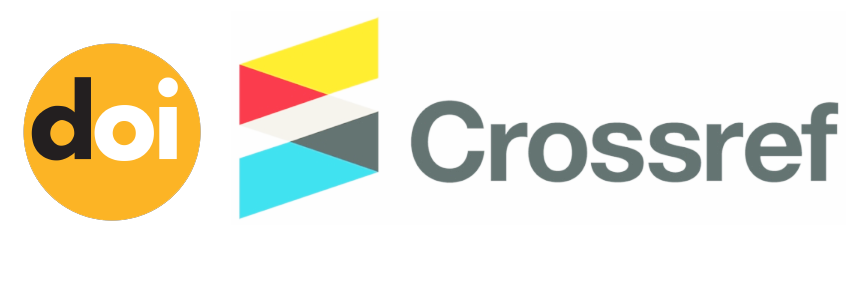PRACTICE OF POWER IN ILKHANATE: ANALYSIS OF INTERCULTURAL COMMUNICATION AND SOCIAL EXCHANGE
Abstract
Ilkhanate was a Mongol empire located in Persia. There were cultural changes and different forms of practice in exercising government power. However, despite the significance of understanding the practice of power in the Ilkhanate through the lens of communication theories, there is a research gap in exploring the specific dynamics of intercultural communication and social exchange theory within this context. Therefore, this study aims to fill this research gap by examining the interplay between power and communication in the Ilkhanate, mainly through the principles of intercultural communication and social exchange theory. The methodology employed in this research is a comprehensive literature study. The findings of this article highlight the inseparability of communication and power, emphasizing the role of intercultural communication in facilitating harmonious relations between diverse nations, including considerations of race, religion, and customs. Additionally, the rulers of the Ilkhanate strategically employed communication and adapted their policies to gain support from local communities, such as Persians and Arabs, particularly by catering to the Muslim population. This research contributes to understanding power practices and strategies in the Ilkhanate by elucidating their alignment with intercultural communication and social exchange theories.
Keywords
Full Text:
PDFReferences
Aigle, D. (2008). Iran under Mongol domination: The effectiveness and failings of a dual administrative system. Bulletin d’études orientales, (Supplément LVII), 65-78.
Alcoff, L. (1988). Cultural feminism versus post-structuralism: The identity crisis in feminist theory. Signs: Journal of women in culture and society, 13(3), 405-436.
Allen, B. (2004). Difference matters: Communicating social identity. Waveland Press.
Buell, Paul D., (2003). Historical dictionary of the Mongol world empire. The Scarecrow Press.
Burgan, M. (2009). Great empires of the past: Empire of the Mongols (Revised ed.). Chelsea House Publishers.
Blau, P. M. (1964). Exchange and power in social life. Wiley.
Buell, P. D., & Fiaschetti, F. (2018). Historical dictionary of the Mongol world empire. Rowman & Littlefield.
Burtch, G., Ghose, A., & Wattal, S. (2014). Cultural differences and geography as determinants of online prosocial lending. Mis Quarterly, 38(3), 773-794.
Cooper, H. (2010). Research synthesis and meta-analysis: A step-by-step approach (4th ed.). Sage.
Creswell, John. (2009). Research design: Qualitative, quantitative, and mixed methods Approaches.
Dikötter, F. (1996). Culture, race, and nation: The formation of national identity in twentieth century China. Journal of International Affairs, 590-605.
Drobyshev, Y. I. (2006). Funeral and memorial rituals of the Medieval Mongols and their underlying worldview. Anthropology & archeology of Eurasia, 45(1), 65-92.
Fitzherbert, T. (2006). Religious diversity under Ilkhanid rule C. 1300 as reflected in the Freer Bal ‘amī. In Beyond the Legacy of Genghis Khan (pp. 390-406). Brill.
Fiske, A., Kitayama, S., Markus, H. R., & Nisbett, R. E. (1998). The cultural matrix of social psychology In D. Gilbert, S. Fiske, & G. Lindzey, The handbook of social psychology (Vol. 2, 4th ed., pp. 915–981). McGraw-Hill.
Gasimov, H. S., & Azimli, D. M. (2018). The role of Islam in the policy of the Ilkhanate Khans. History, Archeology, and Ethnography of The Caucasus, 14(3), 14-19.
Griffin, E. (2005). A first look at communication theory (6th ed.). McGraw-Hill.
Hatef-naiemi, A. T. R. I. (2022). Confronting the foreigner: Common policies of Rashid al-Din and Liu Bingzhong on Mongol rule in Iran and China. Journal of the Royal Asiatic Society, 32(3), 613-633.
Homans, G. C. (1958). Social behavior as exchange. American Journal of Sociology, 63, 597– 606.
Hope, M. (2016), Power, politics, and tradition in the Mongol empire and the Īlkhānate of Iran. Oxford University Press.
Jones, A., & Quach, X. (2007). Intercultural communication. The University of Melbourne.
Karim, M. A. (2016). Ghazan Khan: Pemimpin besar Mongol Islam (Analisis historis atas sistem pemerintahan dan pembaruan). Millah: Jurnal Studi Agama, 5(2), 307-310.
Kenjaboyeva, R. M. (2020). The concept of waqf: The role and importance of waqf institution in society. Мировая наука, 21(5), 47-53.
Kim, Min-Sun. (2016). Social exchange theory. The International Encyclopedia of Communication Theory and Philosophy, 1–9.
Komaroff, L., & Carboni, S. (Eds.). (2002). The legacy of Genghis Khan: Courtly art and culture in Western Asia, 1256-1353. Metropolitan Museum of Art.
Kolbas, J. (2013). The Mongols in Iran: Chingiz Khan to Uljaytu 1220–1309. Routledge.
Kozlowski, G. C. (1985). Muslim endowments and society in British India (No. 35). CUP Archive
Landa, I. (2016). Oirats in the Ilkhanate and the Mamluk Sultanate in the Thirteenth to the Early Fifteenth Centuries: Two Cases of Assimilation into the Muslim Environment (MSR XIX, 2016).
Lane, G. (2022). The Ilkhanate in the Mongol world. Routledge.
Martin, J. N., & Nakayama, T. K. (2010). Intercultural communication in contexts. McGraw-Hill Higher Education.
May, T. (2020). The Ilkhanate and Afghanistan. In New Approaches to Ilkhanid History (pp. 272-320). Brill.
McPherson, K. (1984). Processes of cultural interchange in the Indian Ocean region: A historical perspective. The Great Circle, 6(2), 78-92.
Melville, C. (2016). The end of the Ilkhanate and after: Observations on the collapse of the Mongol world empire. In The Mongols’ Middle East (pp. 307-335). Brill.
Morgan, D. (1986). The Mongols. Blackwell.
Nasirova, L. (2020). Similarities between the secret history of the Mongols and Turkish Epic. ALTRALANG Journal, 2(02), 207-226.
Orbe, M. O. (1998). Constructing co-cultural theory: An explication of culture, power, and
communication. Sage.
Pfeiffer, J. (2014). Confessional ambiguity vs. confessional polarization: Politics and the negotiation of religious boundaries in the Ilkhanate. In Politics, Patronage and the Transmission of Knowledge in 13th-15th century Tabriz (pp. 129-168). Brill.
Prazniak, R. (2014). Ilkhanid buddhism: traces of a passage in Eurasian history. Comparative Studies in Society and History, 56(3), 650-680.
Rogers, E. M., & Steinfatt, T. M. (1999). Intercultural communication. Waveland Press
Roloff, M. E. (1981). Interpersonal communication: The social exchange approach. Beverly
Shanks, N. J., & Al-Kalai, D. (1984). Arabian medicine in the middle ages. Journal of the Royal Society of Medicine, 77(1), 60.
Shuter, R. (1977). A field study of nonverbal communication in Germany, Italy, and the United States. Communication Monographs, 44, 298-305.
Stinchcombe, A. L. (2000). Social structure and organizations. Economics meets sociology in strategic management. Emerald Group Publishing Limited.
Sir Edward Burnett Tylor. (2012). http://www.britannica.com/EBchecked/topic/611503/Sir-Edward-Burnett-Tylor
DOI: https://doi.org/10.20961/cmes.16.1.70395
Refbacks
- There are currently no refbacks.
Copyright (c) 2023 Center of Middle Eastern Studies (CMES): Jurnal Studi Timur Tengah

This work is licensed under a Creative Commons Attribution-ShareAlike 4.0 International License.
| Copyright of CMES ISSN 2085-563X (print) and ISSN 2502-1044 (online) CMES Journal is licensed under a Creative Commons Attribution-ShareAlike 4.0 International License. | CMES (Center of Middle Eastern Studies) Print ISSN: 2085-563X Online ISSN: 2502-1044 Website: https://jurnal.uns.ac.id/cmes/index Email: cmes@mail.uns.ac.id Published by: Arabic Literature Department, Faculty of Cultural Science, Universitas Sebelas Maret Ir. Sutami Street, No. 36A, Surakarta, Jawa Tengah 57126 Phone: +62 822-4000-2313 |















